Can the F1 movie kick Formula One into top gear?
The economics of Formula One are pretty good — but owner Liberty Media wants to take the motorsport to the masses and turn it into a moneymaking machine.
With the new “F1: The Movie” now in theaters, Formula One owner Liberty Media is hoping Brad Pitt’s latest ride will drive greater interest in F1: The Sport, especially for American audiences.
And no expense is being spared in pursuit of that goal.
The Apple original film follows Pitt as Sonny Hayes, a retired F1 driver who jumps back behind the wheel to help out the struggling APX team. With British seven-time world champion Lewis Hamilton as a producer, every aspect of the movie was shot to be as authentic as possible, with Apple reportedly agreeing to spend an eye-watering $200 million on the production. Filmed on real race weekends, with the fictional team set up on the circuits with their own pit garage, hospitality team, and uniforms, the cast and crew had an unprecedented level of access into the upper echelons of one of the most glamorous sports on earth.
But there’s a reason why Liberty Media has its foot fully on the floor: F1’s popularity in the world’s biggest sports market has started to lose some traction, just as it was building speed.
Slipstreaming
Shortly after Netflix’s “Drive to Survive” debuted, F1 viewership in the US exploded, doubling in the two years after 2020, with a quarter of F1 viewers saying they became fans from watching the show, per Nielsen Sports. The close championship fight in 2021, where Max Verstappen claimed his maiden victory in an epic last-race, last-lap overtake, only added more thrill-seekers to the fanbase during the pandemic.
But with Red Bull’s Verstappen dominating the sport since then, F1’s TV viewership in the US has started to stall, plateauing over the last two years.
That slowdown comes at a critical time for the sport, as Liberty Media’s rights agreement with ESPN expires at the end of this season. Luckily, on-track competition has heated up this year, with new contenders like McLaren’s Oscar Piastri and Lando Norris challenging the dominance of Red Bull. That drama might persuade big players like Netflix, which has been deepening its forays into live sports, and Comcast-owned NBCUniversal to think about bidding for the rights.
Liberty Media clearly thinks it has a premium product on its hands, as The Wall Street Journal reports:
“[Liberty Media] has been shopping a rights package at around $150 million to $180 million a year beginning with the 2026 season, according to people familiar with the matter, though there isn’t an official asking price. That would be up to double what ESPN has been paying recently...”
At that price, it’s not clear how many bidders would be seriously interested — a potential problem for Liberty, which has invested heavily into its US races, and is reliant on media rights deals for roughly one-third of its revenue.
Box, box, box
For years, F1 was almost a niche sport by some standards, with a passionate and wealthy fanbase mainly centered in Europe under an owner who wasn’t bothered about attracting younger fans who didn’t “buy the articles that our sponsors sell.”
Since Liberty Media took the wheel in 2017, however, ambitions to expand the sport’s appeal have gone full-throttle.
The “Drive to Survive” era brought Charles LeClerc fan edits on TikTok and a deluge of memes, but the series’ popularity also paved the way for a bigger US footprint, with new races in Miami and Las Vegas in 2022 and 2023 — ensuring that the US now hosts more races than any other country. With star-filled grids, American races have injected fresh glamor, celebrity, and, frankly, money into the sport.
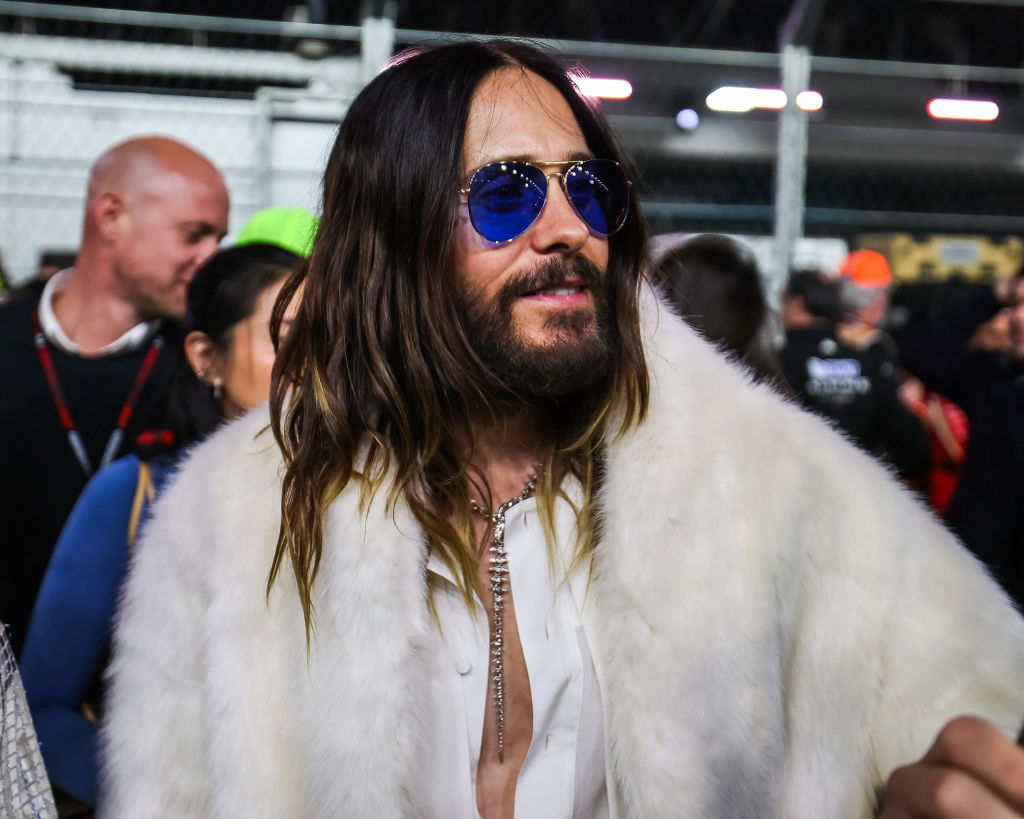
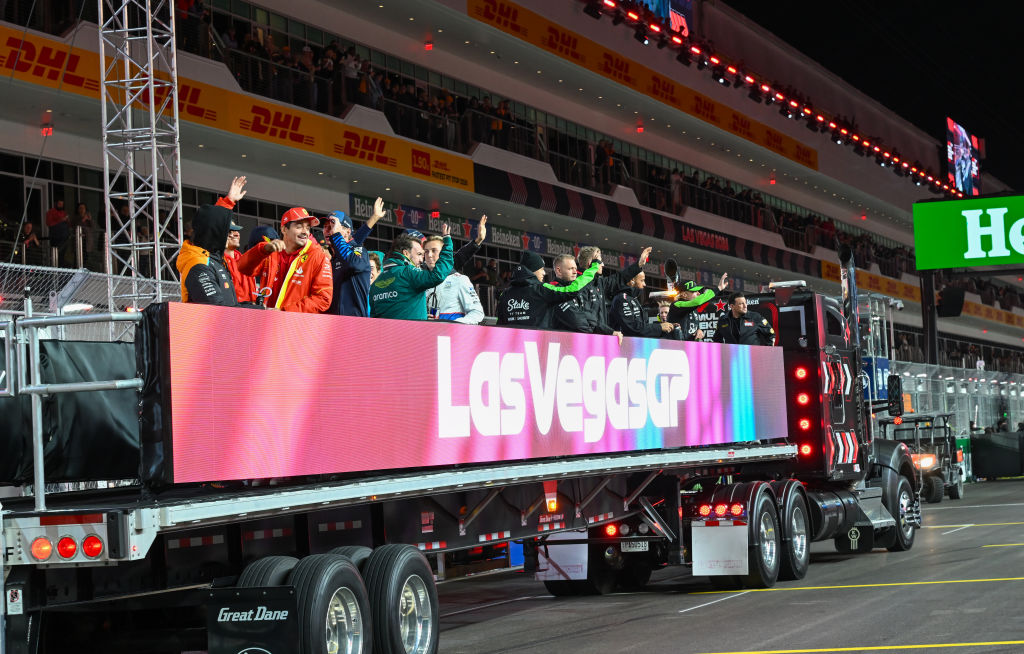

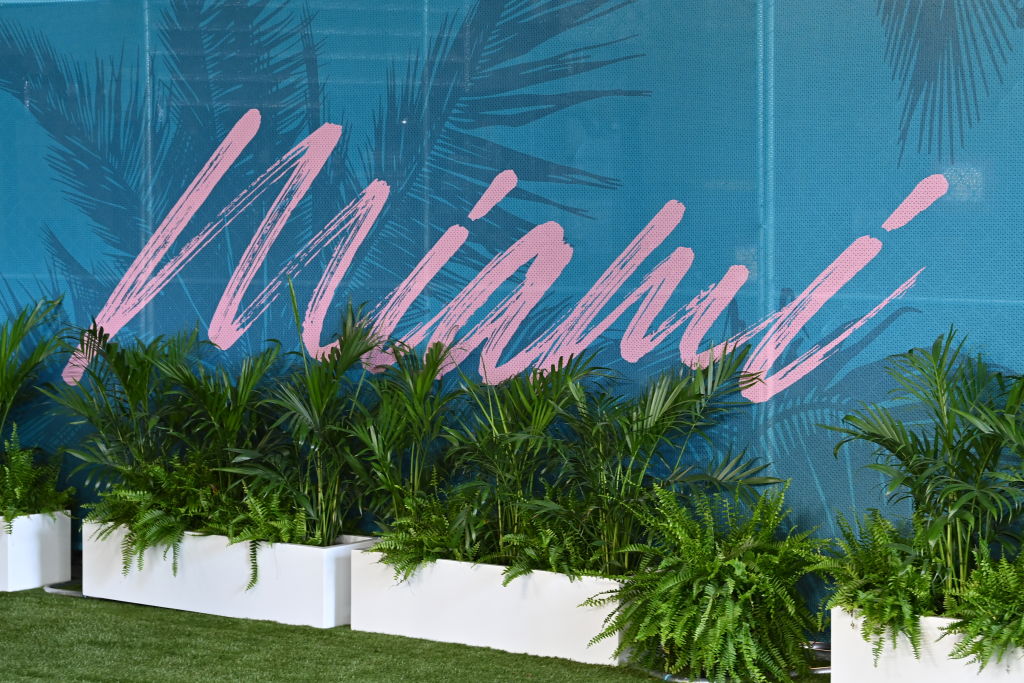
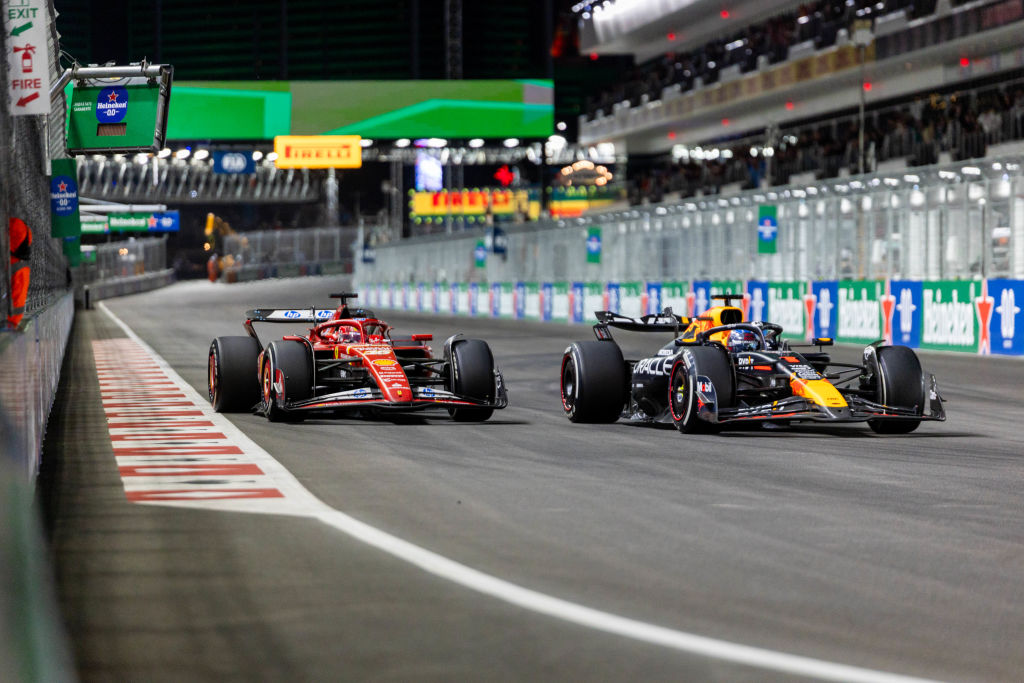
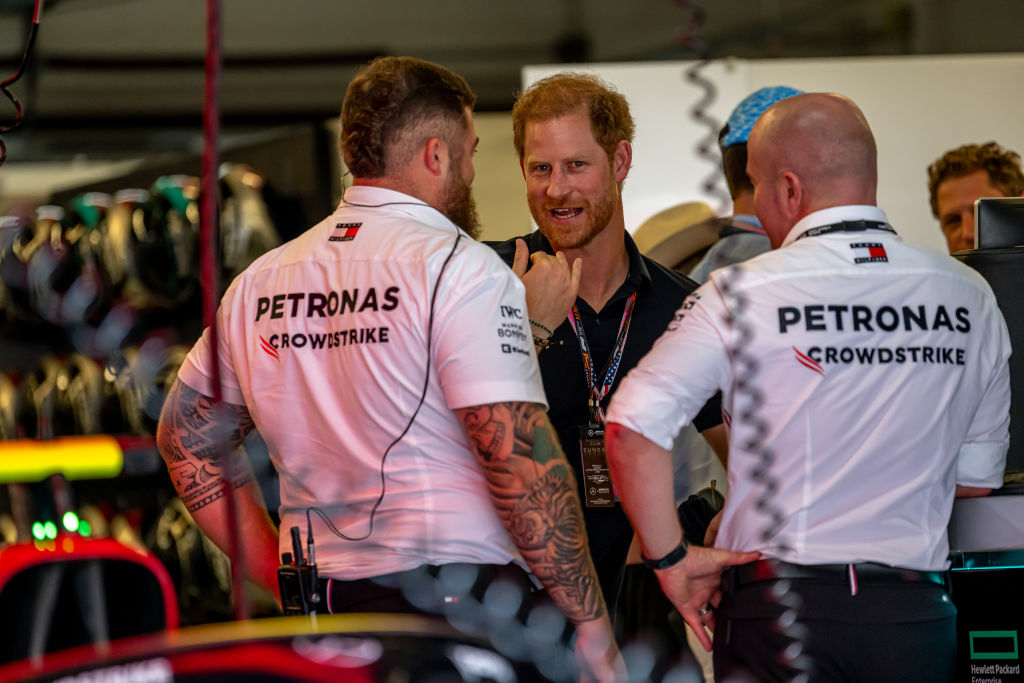
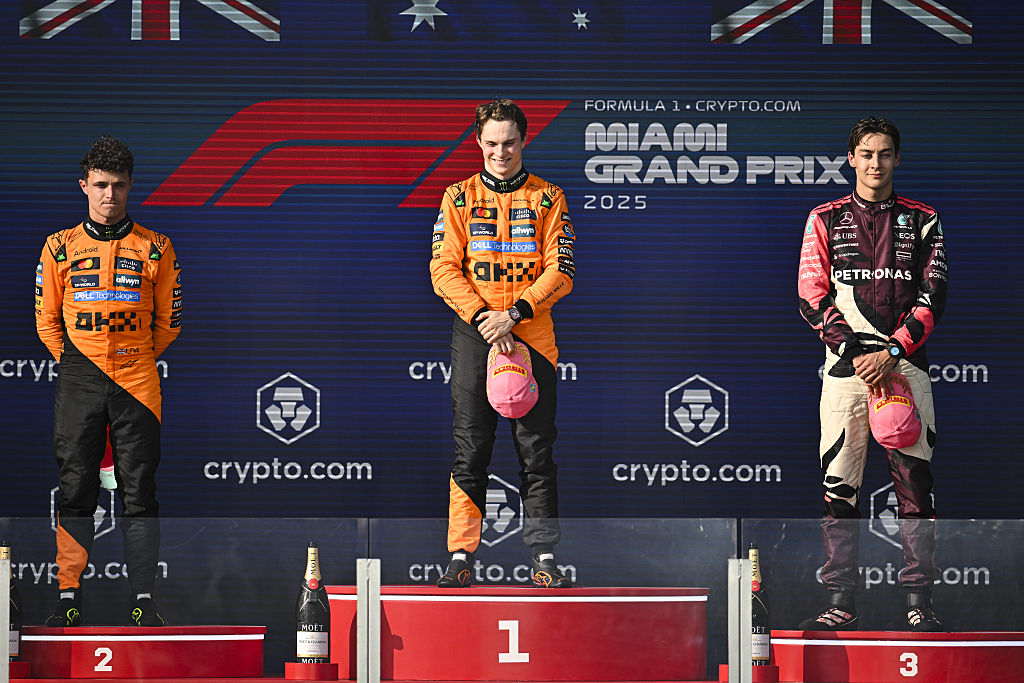
Despite its success in the US so far, the opportunity for further growth remains huge.
The NFL brought in nearly 7x more revenue than Formula One last year, despite the motorsport having a staggering 825 million fans around the world. Even NASCAR, F1’s American cousin in the racing world, rakes in some $1.1 billion each year from its media rights deal.
Those sorts of figures are likely why Liberty decided to do things differently on the Las Vegas grand prix. The company splashed out some $500 million to prepare Sin City for the sport and promoted the event itself rather than outsourcing the work — a bet that seems to be broadly working so far. Last year’s race in November brought in a whopping $934 million in revenue for Liberty and, despite attendance slipping slightly from 315,000 in the inaugural year to 306,000, became Las Vegas’ largest annual event, one study found.
While “F1: The Movie” remains a high-stakes bet for the motorsport’s prospects of signing a major media deal, the long-lasting cultural impact could arguably be even more important.
Head over wheels
Since Liberty shifted F1’s rigid social media guidelines after the acquisition, fans have had greater access to the sport’s behind-the-scenes world and buzzy events, evidenced by the recent livestreamed 75th anniversary celebrations. It’s been paying off, too: F1’s official YouTube channel now has 12.6 million subscribers — the bulk of which have been added since the Liberty takeover, per Social Blade data.
Under Liberty, F1 has started to cement itself as a pop culture phenomenon rather than just a motorsport, with kids picking up Lego and Mattel toy cars and driver figurines; youngsters going to F1 exhibitions and playing branded games; and more high-rolling VIP guests splurging $5,000 and more on a “Paddock Club” experience with tours of the track and pit lanes.
Sponsors are recognizing the shift: one new deal with LVMH alone will bring the company more than $1 billion over the next decade, while tech giants are also jumping in the mix to try and associate themselves with F1’s sleek, high-octane image and new fan base. Indeed, the F1 group generated $634 million in sponsorship revenue for fiscal year 2024, roughly double what it made back when the motorsport was acquired by Liberty in 2017.
Changing gears
With the latest approval of Liberty’s $4.6 billion (€4.3 billion) acquisition of MotoGP owner Dorna, the entertainment juggernaut is now turning its eyes on the motorcycling championship to test out its F1 playbook in the US again. MotoGP has only one American race, in Austin, Texas, just like F1 when Liberty acquired the sport eight years ago. It seems like, as far as the US goes, the company hopes its engine might just be getting started.
